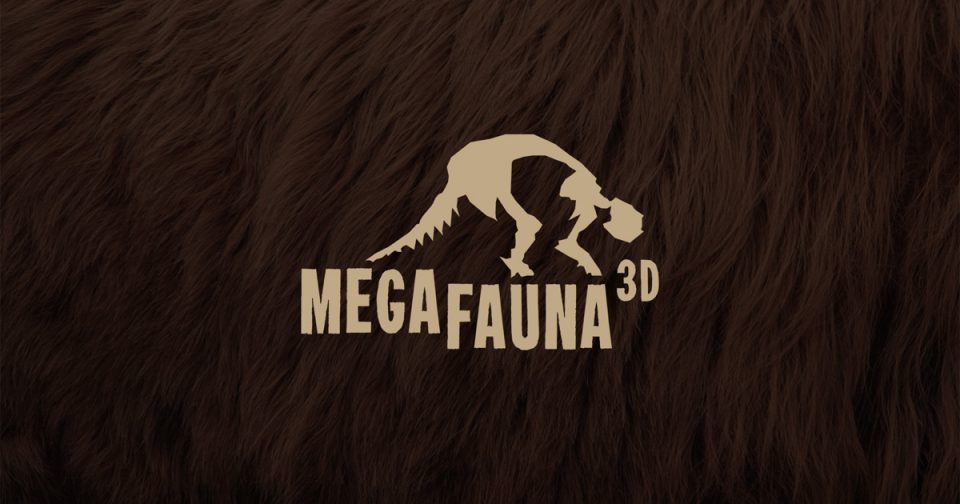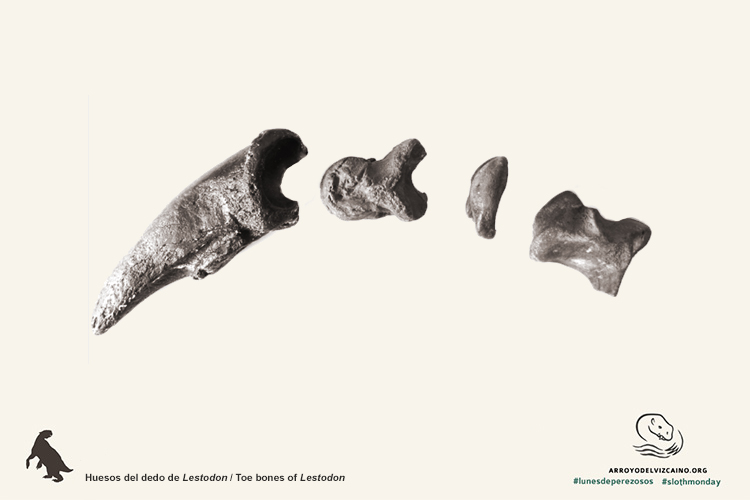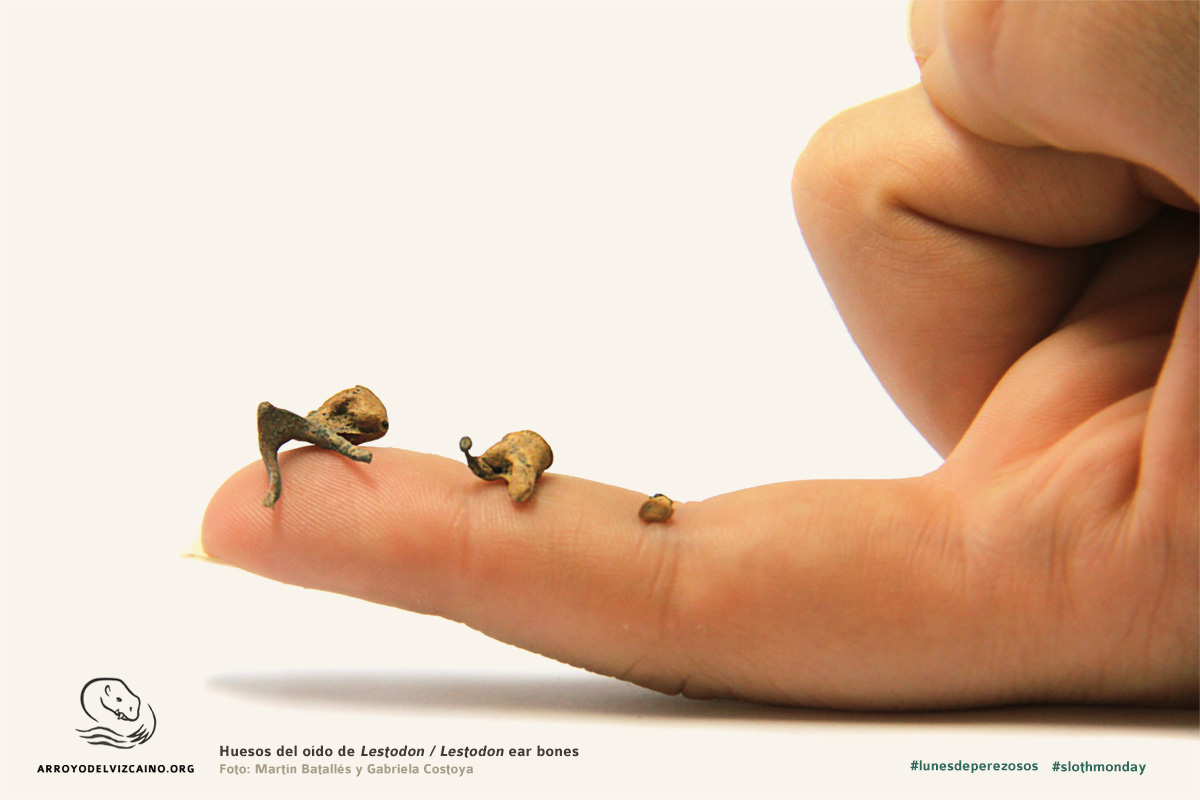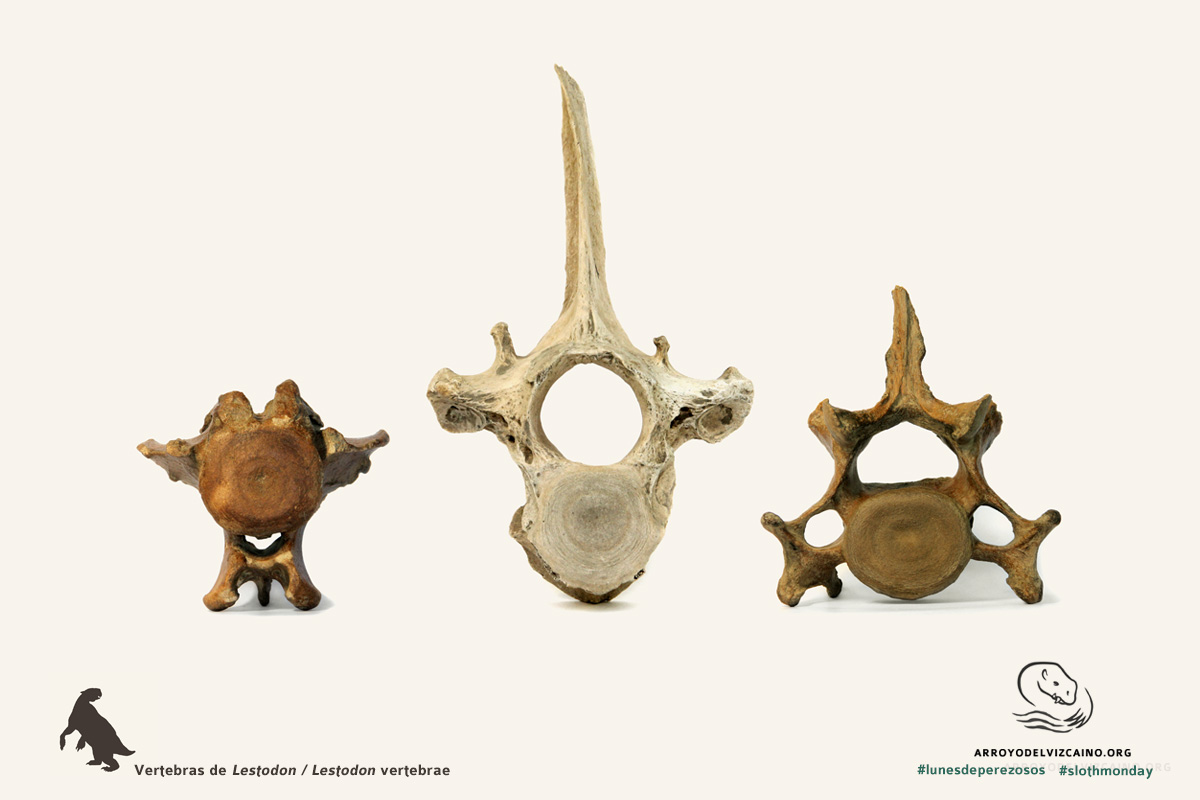
Our new project: megafauna3d.org
Join us to discover the fossils of the animals that lived in South America 10,000 years ago. Giant sloths, saber-toothed tigers, glyptodonts and many other prehistoric mammals.
Megafauna 3D is an online platform that invites you to discover the giant mammals that inhabited South America thousands of years ago. It is a fossil digitization initiative, a collection of 3D models and a series of didactic and interactive activities based in paleontology. Some of the animals found in this site are a few giant sloths, a saber-toothed tiger and some glyptodonts, who are relatives of the living armadillos. All these animals inhabited Uruguay and the rest of South America during the Pleistocene, even living alongside humans.
Created in Montevideo, Uruguay, this project involves paleontologists, designers and programmers and will grow over time, by adding new 3D models to the collection. The scans and 3D reconstructions were done by paleontologists from Facultad de Ciencias, UdelaR. The tridimensional models have been scanned from specimens found in Uruguay, belonging to the fossil collections of “Arroyo del Vizcaíno” (Canelones), “Museo Paleontológico Armando Calcaterra” (Colonia), “Museo Paleontológico de Dolores” (Soriano) and “Museo de Historia Natural Dr. Carlos A. Torres de la Llosa” (Montevideo).
Megafauna 3D is an initiative by the Paleobiology Lab at Facultad de Ciencias, Universidad de la República (Fcien), and has the financial support of the Agencia Nacional de Investigación e Innovación (ANII).

Bones and locomotor habits
The limb bones of vertebrate animals are molded according to the activities the animal performs. This is very helpful for paleontologist when studying fossils of vertebrates, since in most cases only the bones are preserved.
Ground sloths have repeatedly been subject of such studies to achieve a better understanding of locomotion and other activities they could have performed. For example, the sloths Megatherium and Eremotherium would have been able to have a bipedal locomotion. Meanwhile, Lestodon would have been able to keep both an upright position as much as a quadrupedal, while Scelidotherium and Glossotherium would have been exclusively quadrupeds.
It has also been studied the possibility that some of these large animals could dig, as their claws greatly resemble those of modern burrowers within their same group (Xenarthra). The results obtained support the possibility that some sloths were able to dig, according to biomechanical similarities with their current burrowing relatives, armadillos.
Later on we will deepen into the locomotion of sloths.

What could sloths hear?
The smallest skeletal bones of mammals are found in the middle ear. These are: the malleus, incus and stapes. These bones have the function of amplifying the sound that reaches the eardrum and transmitting it to the brain.
In several species of fossils sloths these bones have been found preserved, and in the case of Lestodon and Glossotherium, they have been studied to evaluate the hearing capabilities.
These studies showed that the bones of the middle ear of these sloths were very large compared to other terrestrial mammals, with a total mass similar to that seen in the middle ear bones of the Asian elephant. This implies a loss in hearing acuity for high frequencies, but it is an advantage for the detection of low-frequency sounds.
One possible explanation is that these sloths could use low frequency sounds for long-range communications.

The teeth of sloths
Another anatomical feature of sloths (and of xenarthrans in general) is the lack of incisives. Moreover, the teeth they have are hard to ascribe to those of other placentals, ie, they cannot be called canines, premolars and molars. For that reason, the teeth of sloths are called molariforms and they typically have 5 in the upper jaw and 4 in the lower jaw.
However, in several species the most anterior teeth are modified in such a way that they resemble canines and are consequently called caniniforms. It is interesting to note that the upper caniniform occludes before the lower caniniform, differently to what happens in true canines.
Lestodon is the taxon that shows the largest caniniforms

The vertebrae of xenathrans
Sloths are classified in the superorder Xenarthra, a group of placental mammals that also includes armadillos and anteaters. Among their varied anatomical peculiarities, their vertebra have extra intervertebral joints that give name to the whole group (Xenarthra means strange joints). Those strange joints are found specifically in the lumbar and last thoracic vertebrae.
In mammals, the vertebrae articulate to each other with two pair (one anterior and one posterior) joints in the processes called zygapophyses, which help in the stability of the backbone. However, xenarthrans have at least two pairs of those intervertebral joints.
It is likely that the first xenarthrans were powerful diggers, such as armadillos are today, and those joints must have evolved to give the backbone even more stability.




